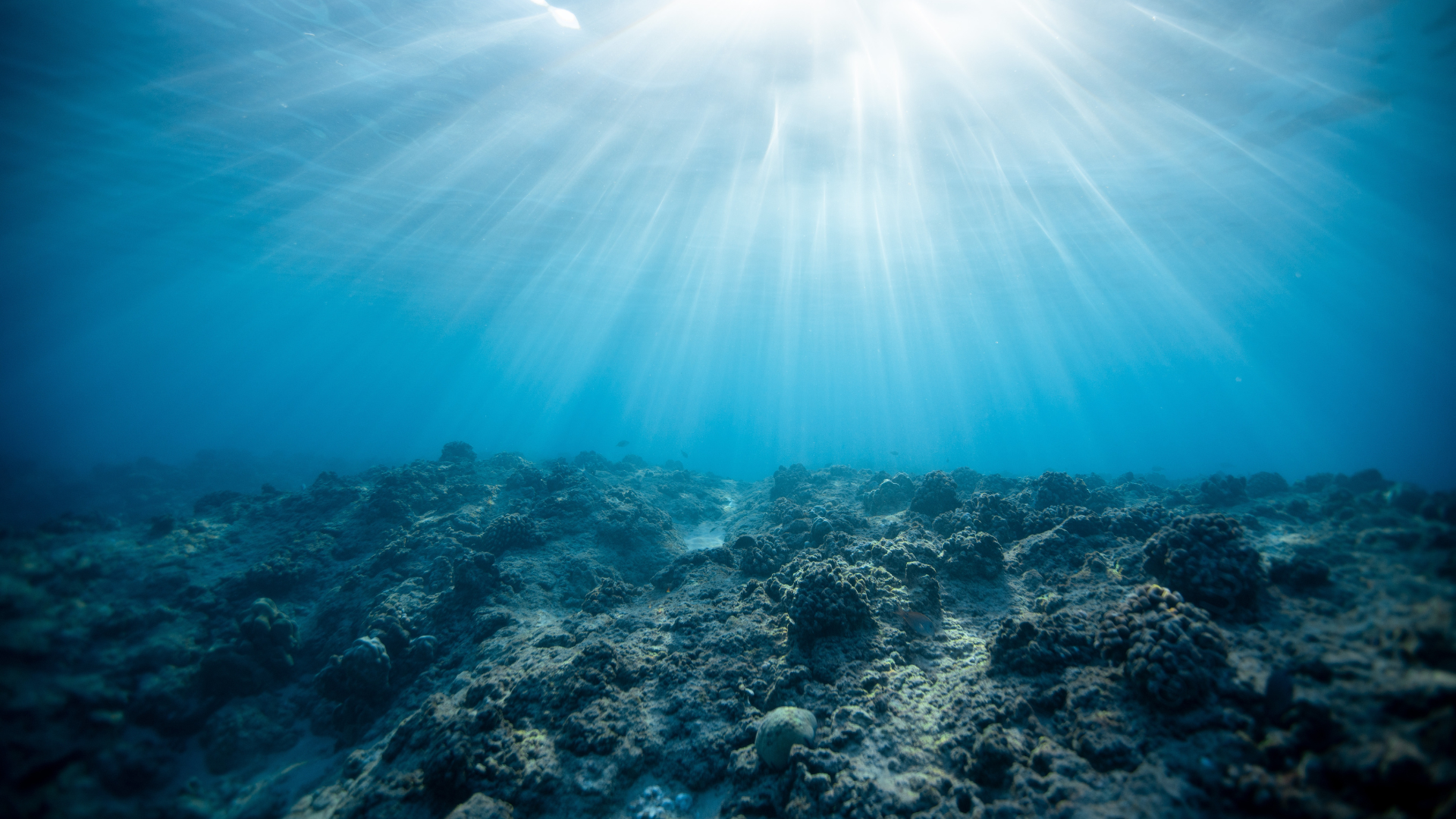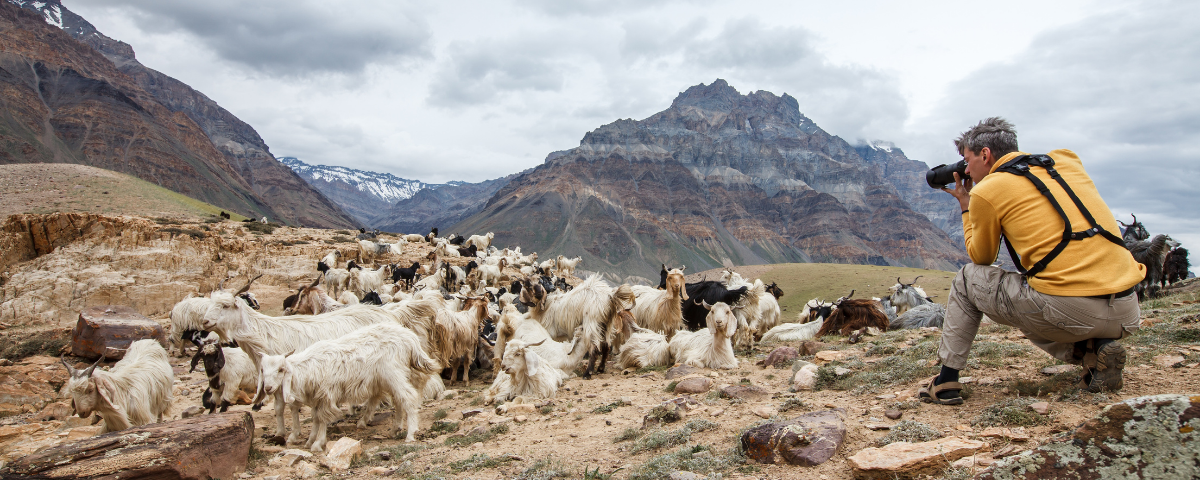Photography is an art form that captures life’s moments. Low light photography is the act of taking photos in low lighting – usually artificial or moonlight. Low light photography poses a particular set of challenges for camera equipment, as a camera lens relies on light reflecting off it to process the image. To solve this issue, flash photography can be used to bounce more light off the subject.
Most cameras nowadays also have a low light mode. This camera setting allows you to take pictures with reduced noise, increased dynamic range, and longer shutter speeds. Professional photographers often use this setting when they capture images of the night sky or during a night time concert.
To help you more with your low light photography, check out the following tips to give quality photos:
- Put the camera into aperture priority mode. In low-light situations, the camera will automatically close its aperture, making it more difficult for the camera to capture enough light. To tackle this, you can put the camera into aperture priority mode and manually adjust the aperture. This option will allow you to adjust how the aperture works with shutter speed, so you can slow down the shutter speed and get more light onto the sensor.
- Try using a faster lens. Taking photos at night or in low light can be tough, but using a tripod, and long exposures can help. But did you know that you can use a faster lens as one of the low-light photography tips? A fast lens works by allowing you to move faster, focusing faster than a slow lens does. A fast lens makes the aperture larger, shortening the length of time it takes for light to reach the camera sensor.
- Boost your ISO. Low light photography techniques are great to use when shooting in dark situations, but any good photographer also relies on other light sources to help them capture that perfect shot. One of the best ways to ensure your pictures have proper lighting is to boost your ISO. But what happens when you bump it up too high? You’ll get a load of noise. How do you reduce it? Using fast and slow shutter speeds properly.
- Use another light source. Good camera light is useless without the right subject. While finding a perfect subject to photograph can be a struggle, lighting your subject correctly can make the difference between average and extraordinary. There are many techniques you can use to manipulate lighting, from positioning your light source to using off-camera lighting. Alternatively, you can use more than one light source to create a balanced photo.
- Reduce the effects of camera shake. Low-light photographers are always on the lookout for ways to reduce camera shake when taking shots in low-light conditions. Many professionals use some type of camera strap, support, tripod, or cradle in order to reduce the effects of camera shake, allowing them to produce high-quality images.
- Use slow shutter speeds. Photography carries a lot of magic and mystery with it. And when it comes to photographing in low light, the settings and characteristics of your camera are just as important as the creativity in your shots. When it comes to taking photographs in low light, slow shutter speeds can help increase the accuracy of exposure significantly. In low light, the shutter speed needs to be set slower. This will avoid blurring. That’s because the shutter has to open and remain open for the sensor to be exposed. That’s why if you point the camera at a bright object, it will take several seconds for it to expose the sensor. In low light, this won’t be the case. The shutter will open so fast that the sensor will be exposed before the light fades. This will ruin the photo.
- Photographers will always recommend shooting in RAW. While low light photography can be fun, the lighting can make it hard to ensure proper exposure, and the best cameras don’t do as well as auto features in low light. For the best exposure quality, photographers will always recommend shooting in RAW. This gives you more flexibility with how you process your photos. In JPEG, the camera captures all the information it can—the amount of light, the color, and the physical size of the object—and then converts it to that boring, flat, 8-bit black-and-white image. This means there’s no way to edit that information afterward, at least not as easily. In RAW, however, the camera captures the same information but then strips out all the extra data. As a result, you can store much more information, which means you can export images with more detail, more color, more contrast, and more shadow and highlight.
When low light photography is concerned, there are a couple of things you may want to consider before you put your camera to action. The first is whether or not you want longer shutter speeds or lower ISO levels. Longer shutter speeds are best for capturing shots in low light conditions. On the other hand, lower ISO levels provide less grain and noise, but longer shutter speeds create blurry images. Make stunning photos by taking note of that tip as well as the tips listed above.



